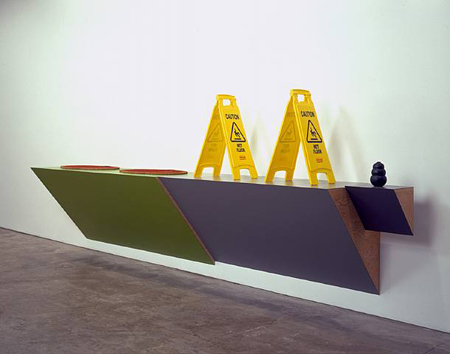Bruce Cannon
Tree Time, 1998
TreeTime is a computer-controlled robotic sculpture fabricated from parts of a downed tree.
Bruce Cannon: ‘This past winter, Paul Stout, who helped me with this project, and I scoured the regional parks searching for the perfect tree to scavenge for this project. I think we found it. It was a slim, twisted, beautiful Laurel which had been struck by lightning. So like a mad scientist, I have reanimated it, excising undesirable elements and augmenting the natural materials with the best technology has to offer.
This ‘improved’ tree has six large articulated joints fabricated from copper and brass, moved by cables pulled by gearmotors at the tree’s base. In addition, there are sixteen small motorized branchlets. Stainless steel cable housings and wiring bundles cover nearly every inch of the tree’s surface. On each branch is a light sensor which gives the computer information about the proximity of viewers. The computer sends microsecond pulses to the motors, in patterns derived from the sensor information. Near each motor is a tiny red light, which illuminates breifly each time the corresponding motor is pulsed. In this way the piece moves in response to viewer presence. However, the pulses to the motors are so short that the piece’s movement occurs over minutes, hours and days. To all but the most intrepid viewer, it appears to be a static object.
This machine is I think equal parts meditation on slowness and bastardization of nature. The obvious reference to Mary Sheeley’s Frankenstein in the lightning-struck tree, the garish reassembly, the electrification, the technological “improvement” upon the original organism, is intentional. Paul calls it eco-porn, which I think is nice; pornography is a rich word. And to it I’d add the word ecstasy, because it too carries multiple, sometimes contradictory and sometimes sympathetic, meanings. These words’ multiple interpretations evoke the dissonance I tried to create in the work.
I associate both words with TreeTime, because of the pleasure and the pain, the beauty and the obscenity of the endeavor. In that sense, Treetime is a morality story about limits. It’s also called TreeTime because it’s a robotic sculpture whose movement is sessile; that is, plant-like. It’s meant to be frustratingly slow. For all these reasons and more, I wanted this piece to be the anti-speed (the antidote) in an exhibition full of quick ruminations on accelerated culture.’
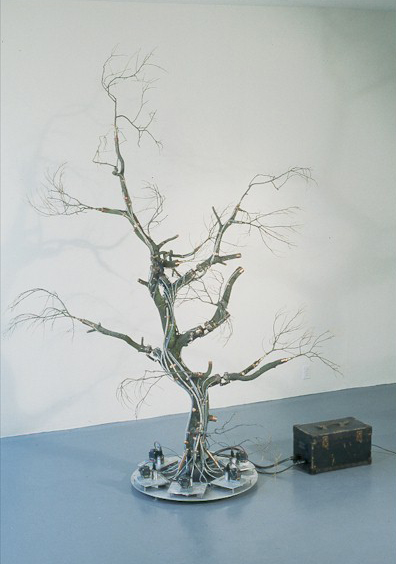
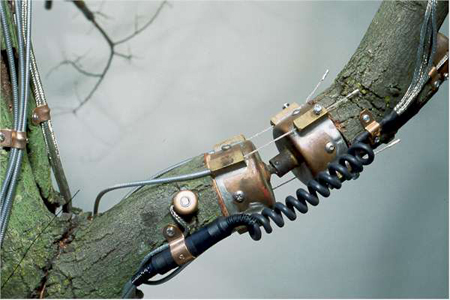
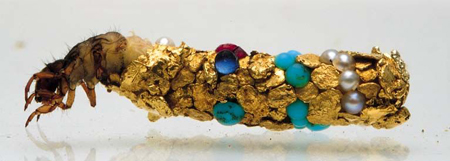
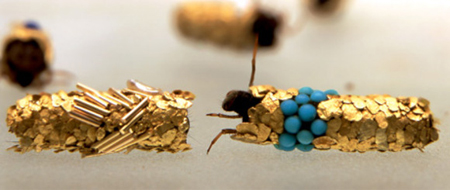
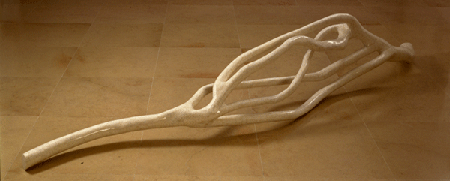
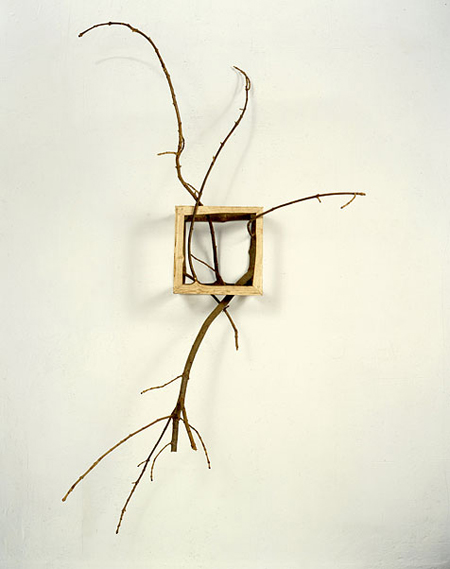
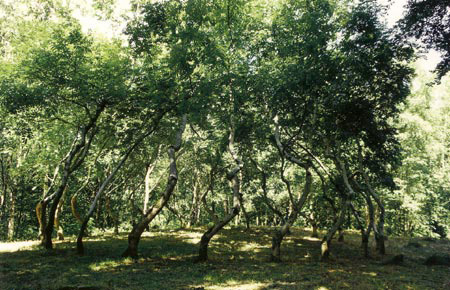
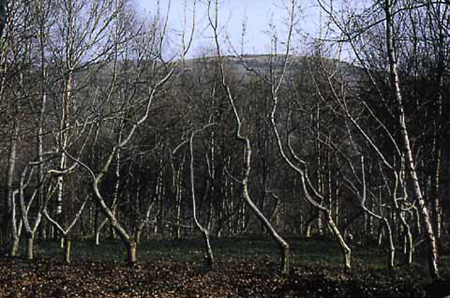
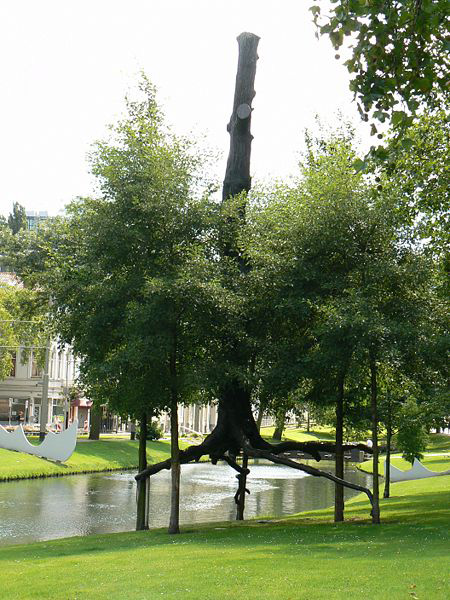

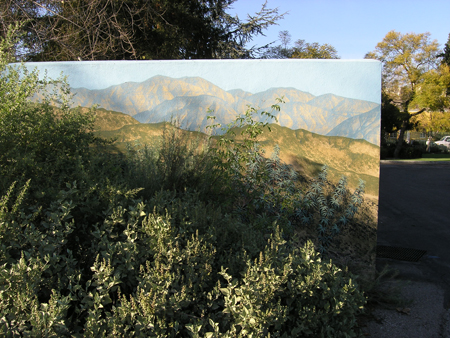

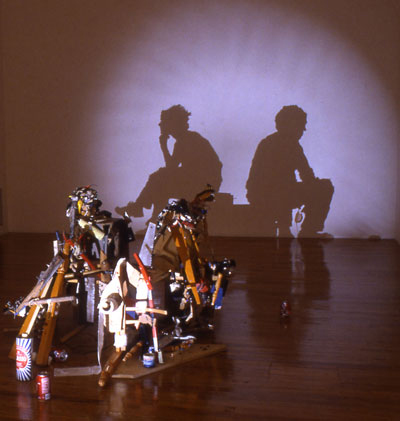
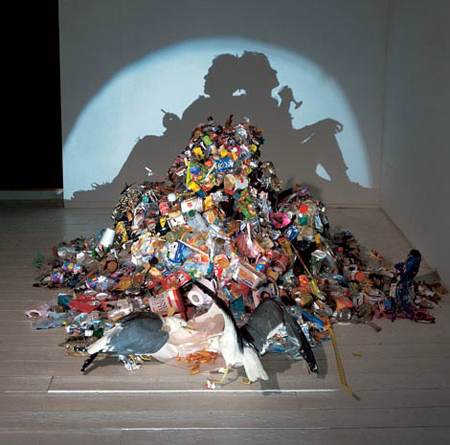
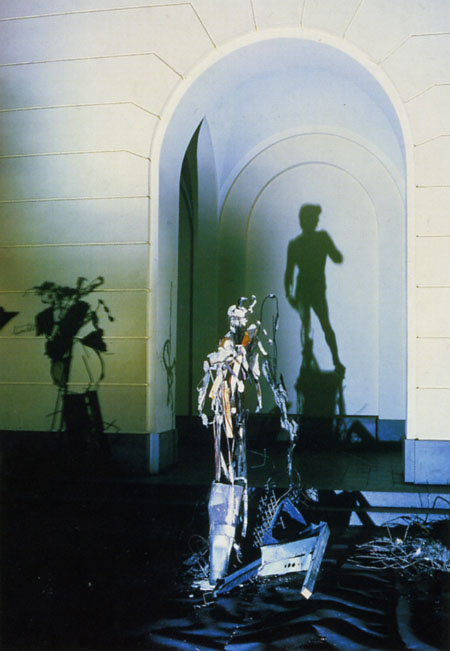
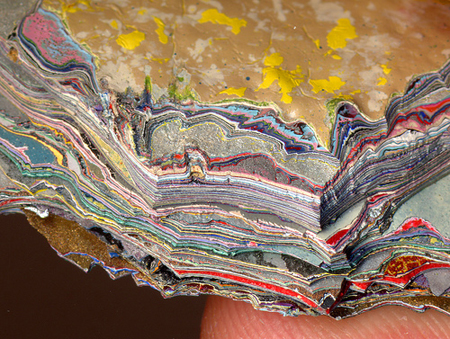
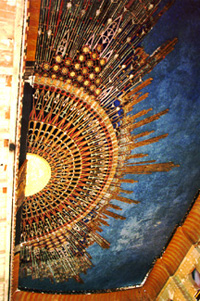

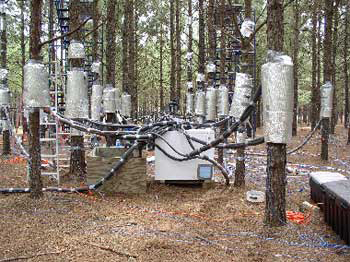
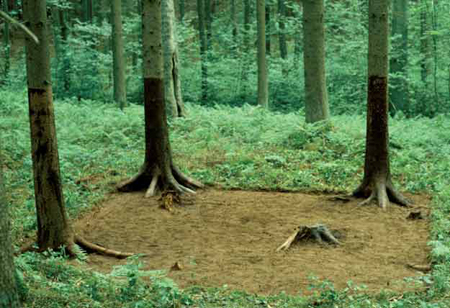
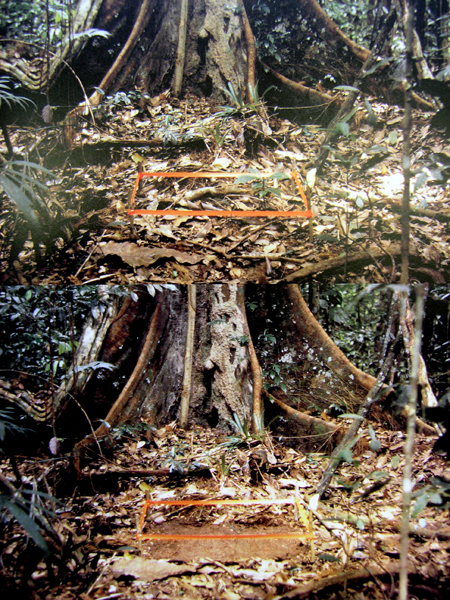
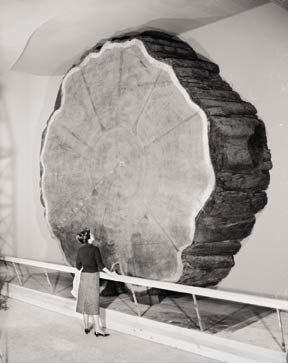
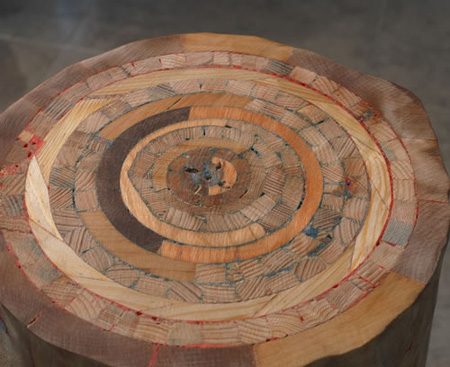
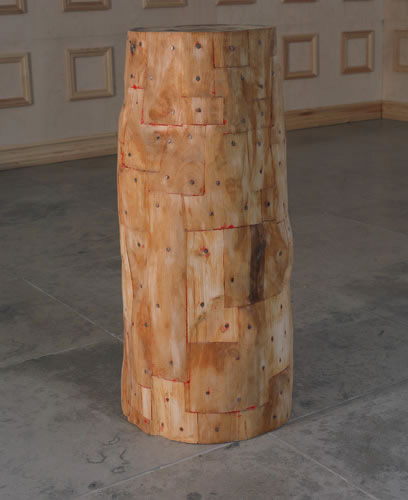
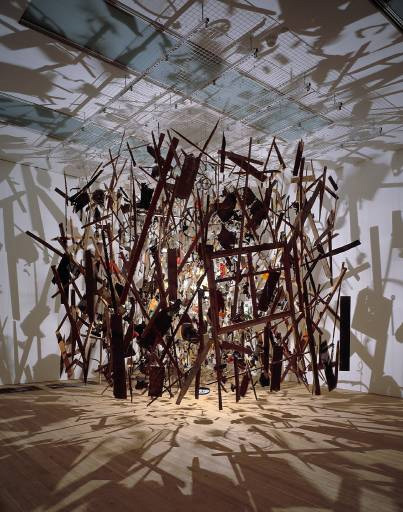
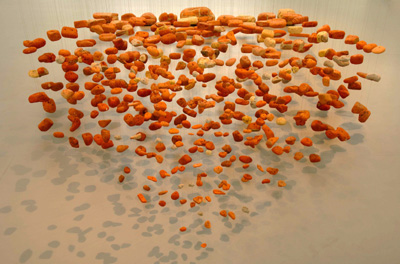
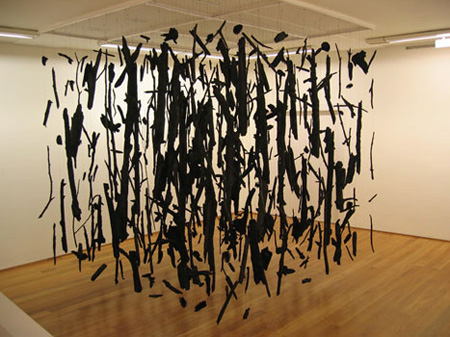
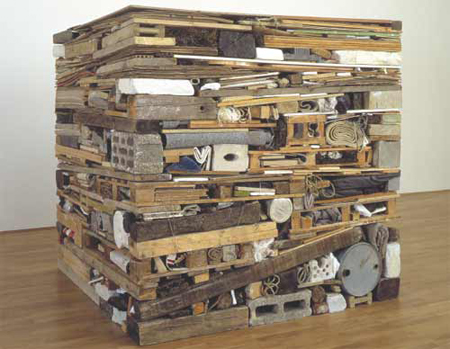
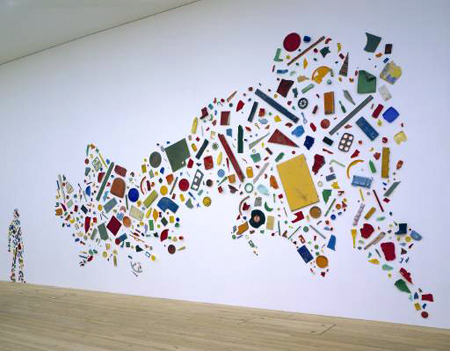
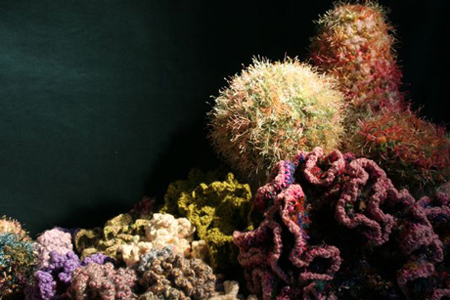
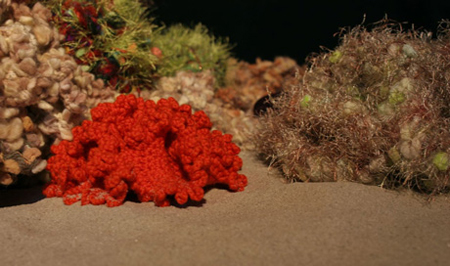
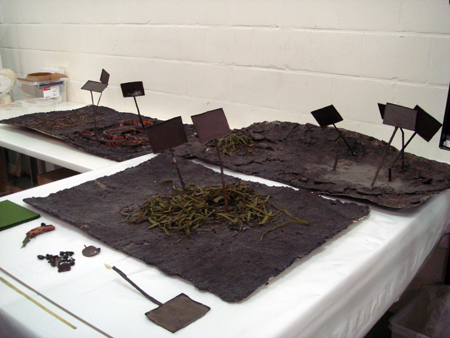
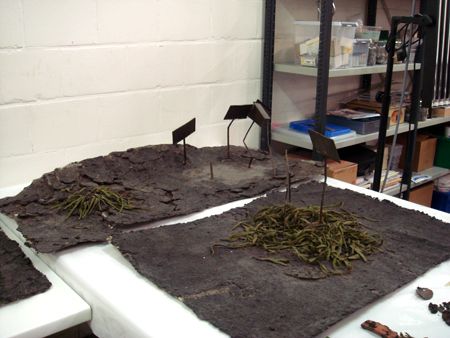
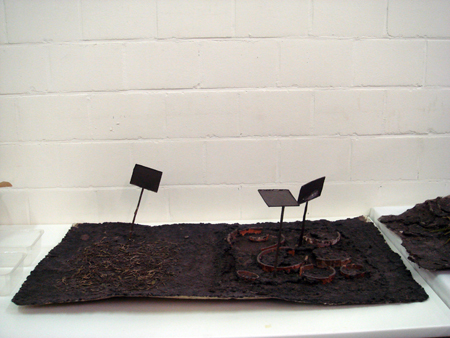
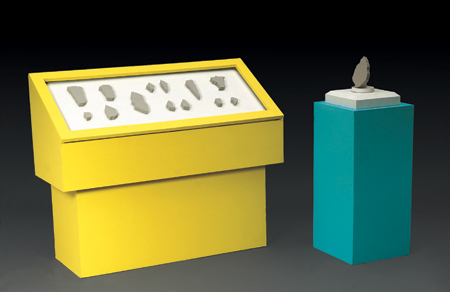
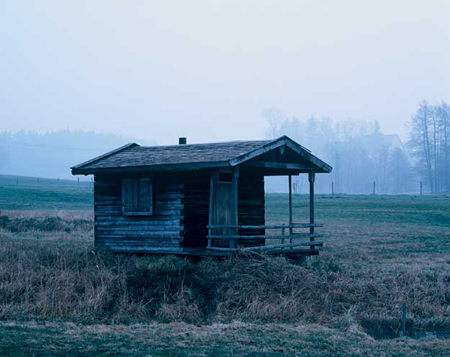
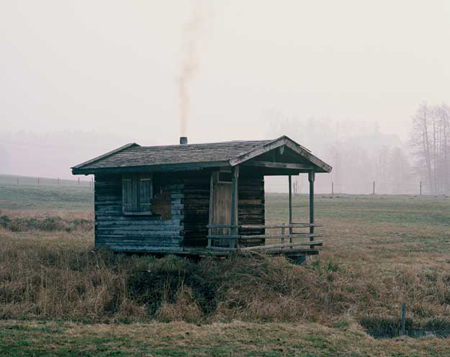
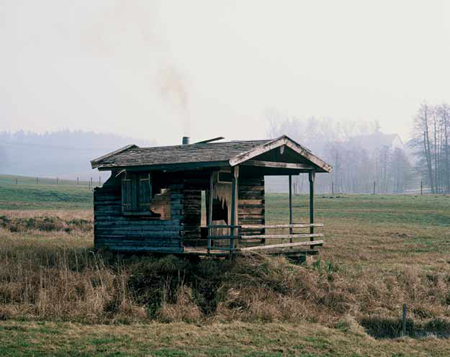
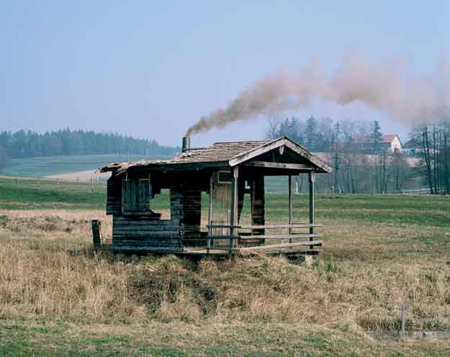
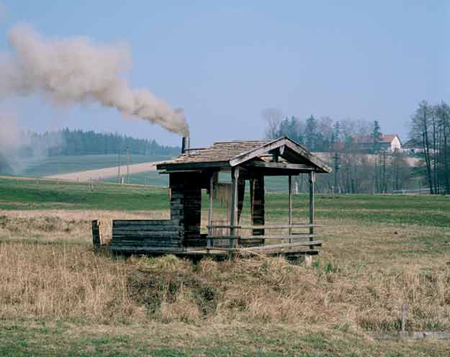
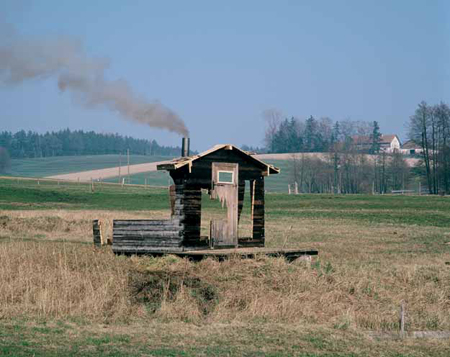
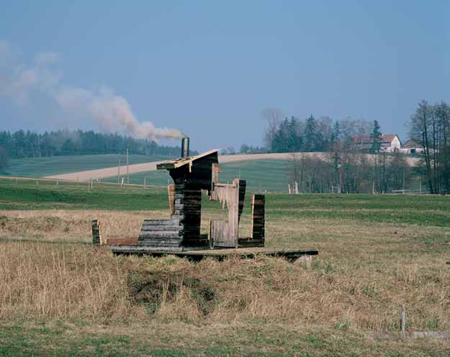
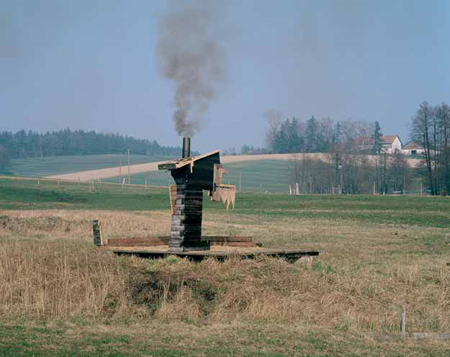
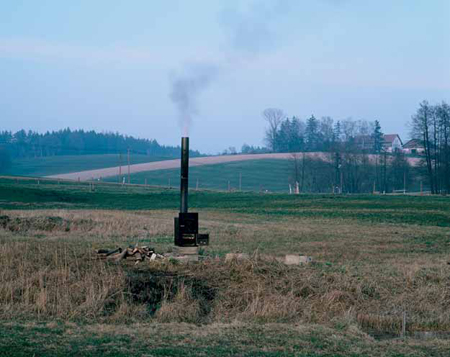
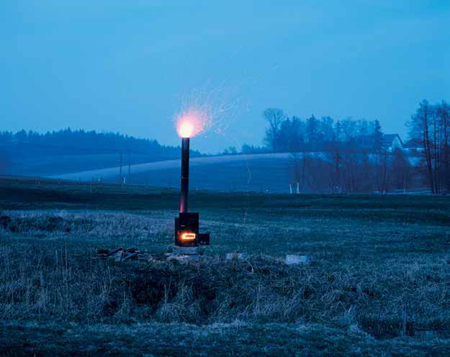
 3 Ster mit Ausblick
3 Ster mit Ausblick
